There are many treatments that can be used to improve the appearance of bare concrete. In short, paint is not the only way to give your concrete floor a sense of style. On top of making a utilitarian concrete floor look more unique, many of these layers also come with additional benefits. They can preserve your floor from the elements and protect it from water staining.
Plus, a treated concrete floor is generally easier to clean since the process of painting, staining, or polishing adds a smooth layer that is easier to sweep and mop. Several of these solutions will likely require you to hire a contractor, but this isn’t true for all of them. A confident DIYer can easily take on a number of these jobs.
Painted
When it comes to colored cement floor paints, epoxy paints are the best paint for cement floors. This is a durable material that is really useful for improving concrete floors in several ways. Aside from the fact that they can add a beautiful range of colors and unique hues to your floor, epoxies can also fill in cracks and crevices in your floor, giving it a smooth surface.
In other words, cement epoxy paint will give your concrete floor a colorful personality and will also make it a nicer, smoother floor to walk on. Plus, the smoothing effect of cement floor epoxy also makes it easy to use other forms of paint if you want to since you now have a smooth canvas to work on.
Dyed
You can also dye your concrete flooring if you want to add a distinctive hue that can be especially well-suited to kitchen flooring. Water-based colored cement floor paints create a very rich and beautiful finish that remains consistent across the floor. The dye is designed to penetrate the pores of the concrete and imbue the surface with a new color.
This can be a more preferable aesthetic for some people because dying your floor gives it a deeper coloring than most epoxies. Of course, this can also be a demerit for some because the color of a dyed concrete floor could come off as harsh. If this is something you’re worried about, bear in mind that you can always offset the color with a neutrally colored rug or two.
Acid Stained
Acid staining is an excellent treatment method for those that want to use concrete flooring to emulate premium materials such as marble or granite. By adding faux grout lines, you can even replicate the look of ceramic or porcelain tiles using cement floor stencils. This makes acid staining a good method for anyone who is looking to get premium flooring without paying premium prices.
But that’s not all. Etching with cement floor stencils can also be used to give an intricate mosaic design to concrete flooring using stencils and stamps. In theory, you could even get Mediterranean-style flooring from a blank concrete surface.
Stained and Polished
A stained and polished concrete floor is an increasingly common feature in a lot of newer loft apartment developments. These finishes can be contrasted with unfinished beams for a visually interesting design style. Polished concrete floors are typically a professional job since it is rather labor-intensive and require precision.
Before being stained, the concrete flooring is ground down with a series of abrasive pads, giving these floors a high gloss finish. The floor is then sealed to give it a protective layer and add even more shine. It is technically possible for you to do this job yourself, but it will most likely be pricey, time-consuming, and far from simple.
A Guide to Painting Cement Floors
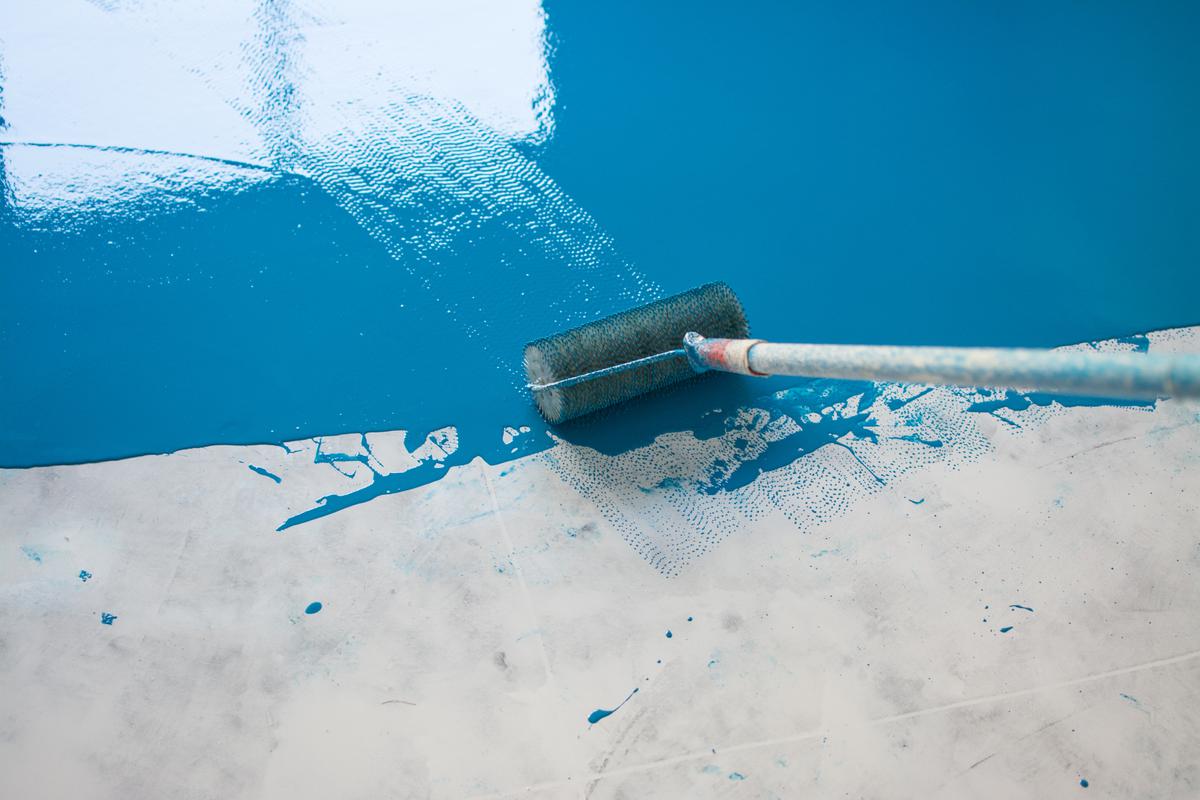
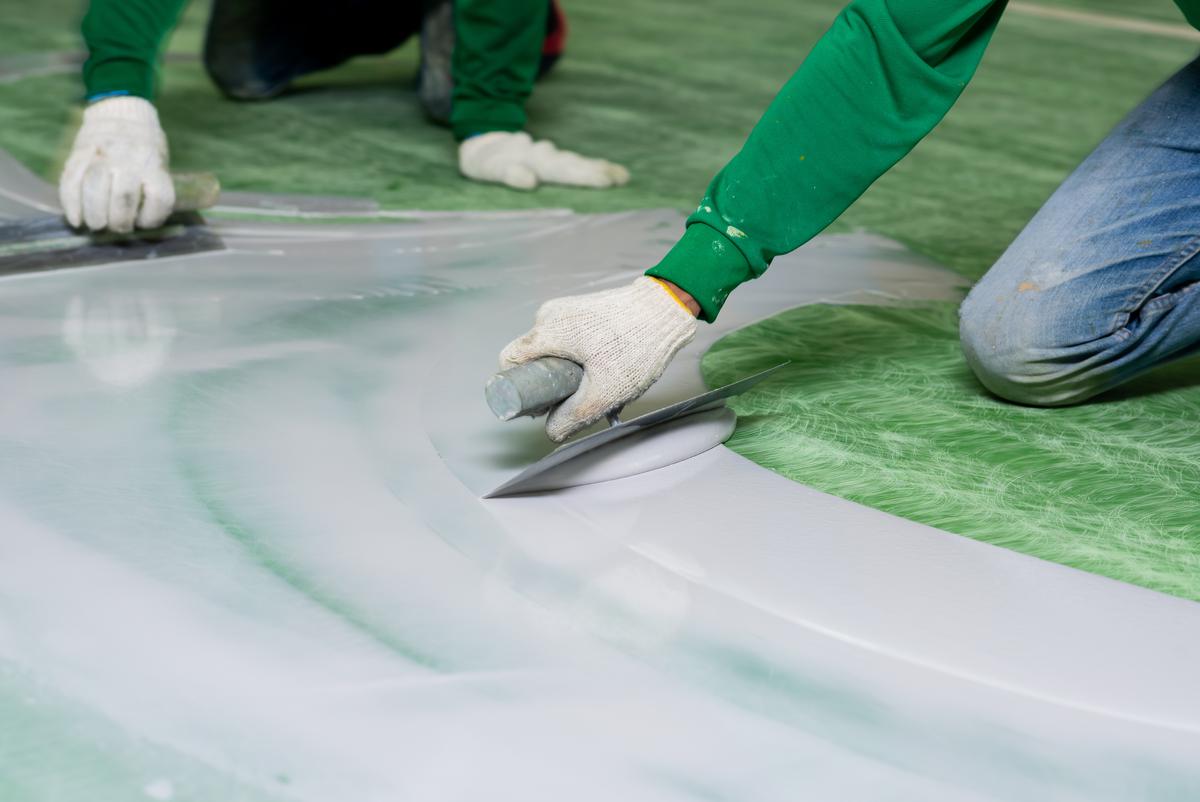
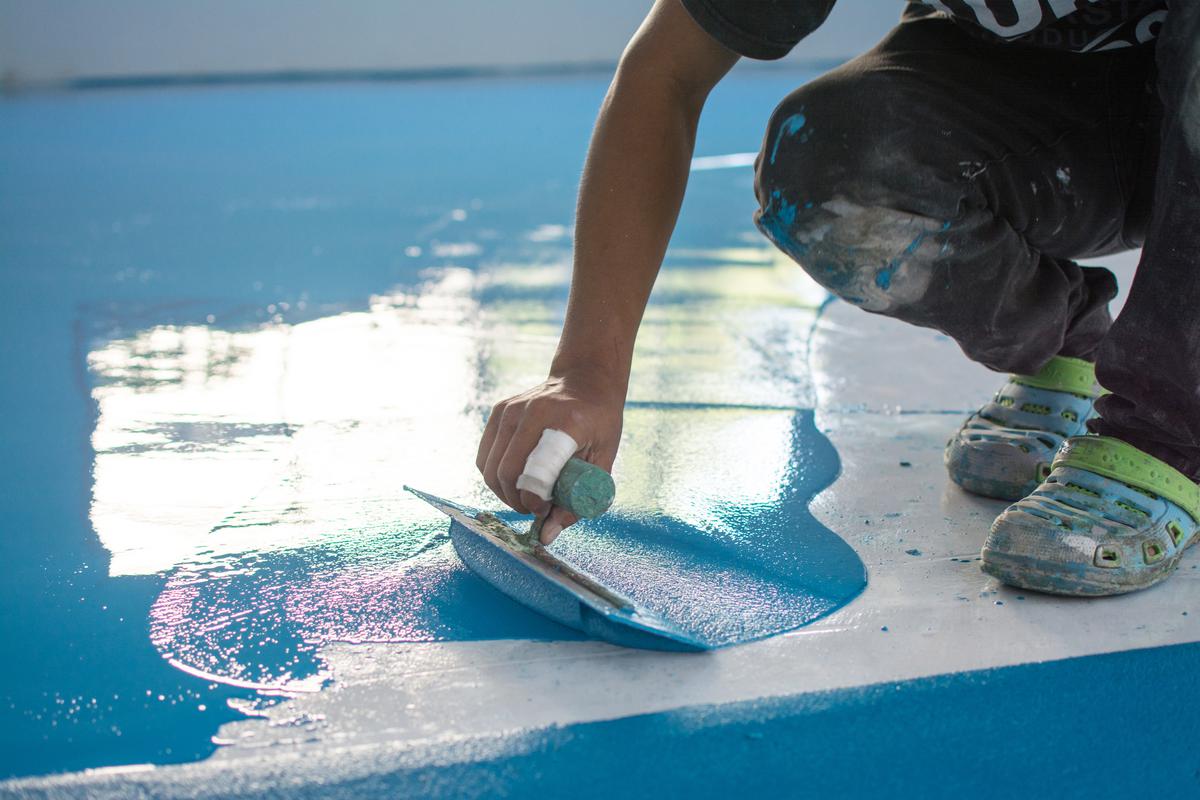
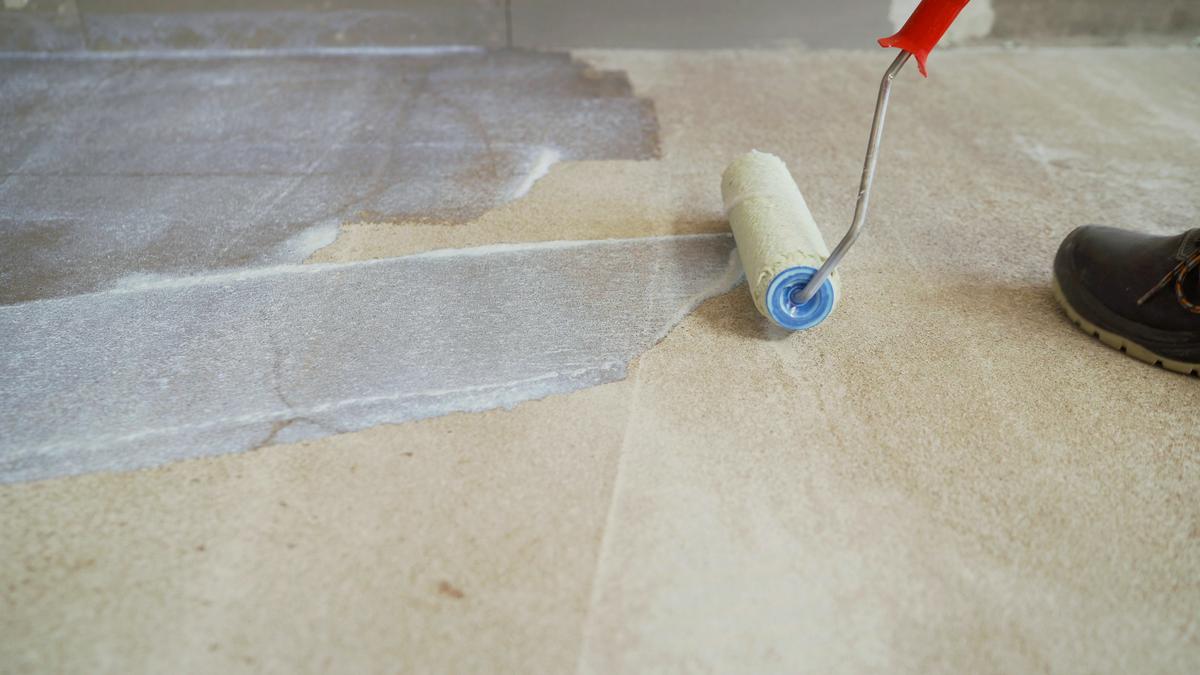
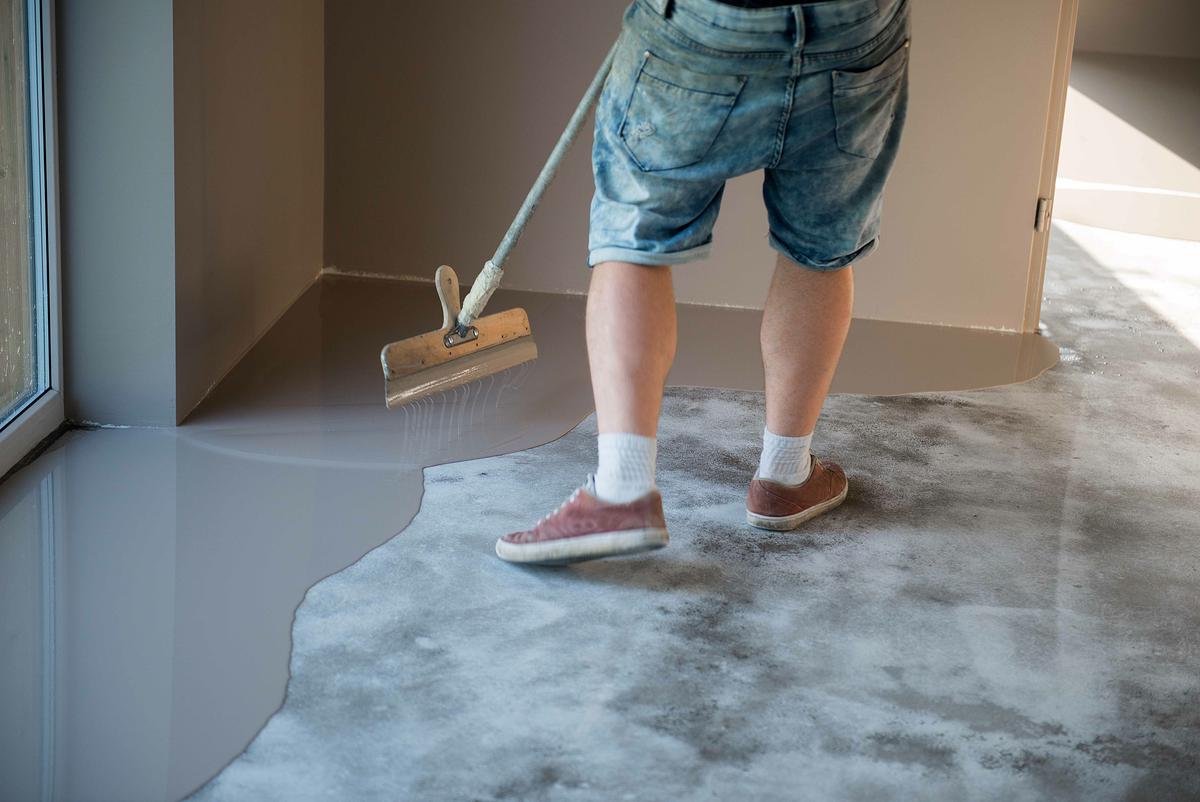
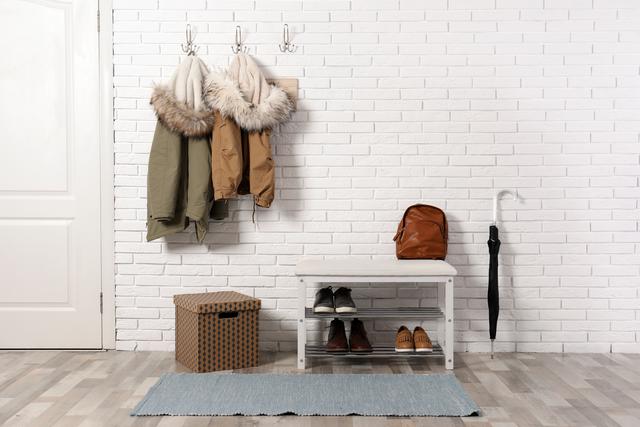
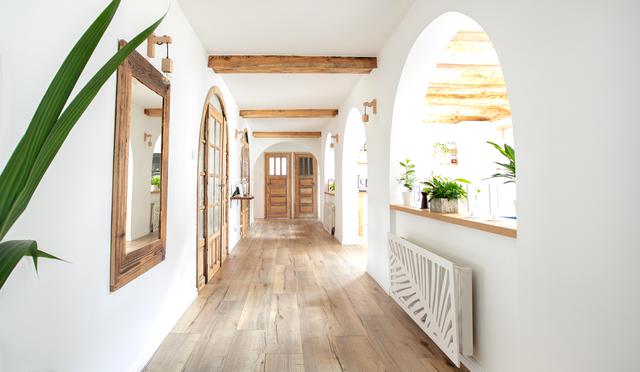
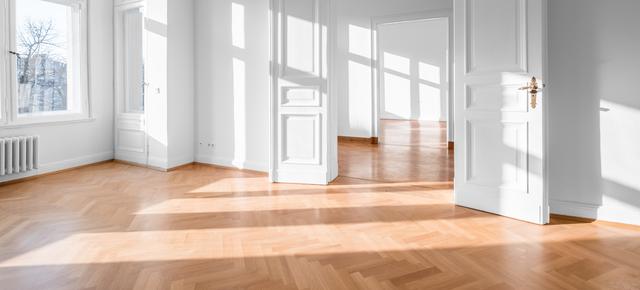
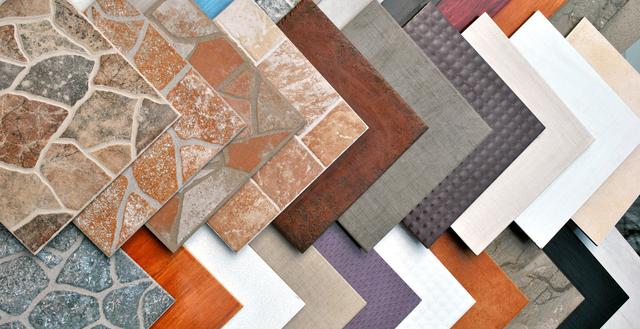
comments